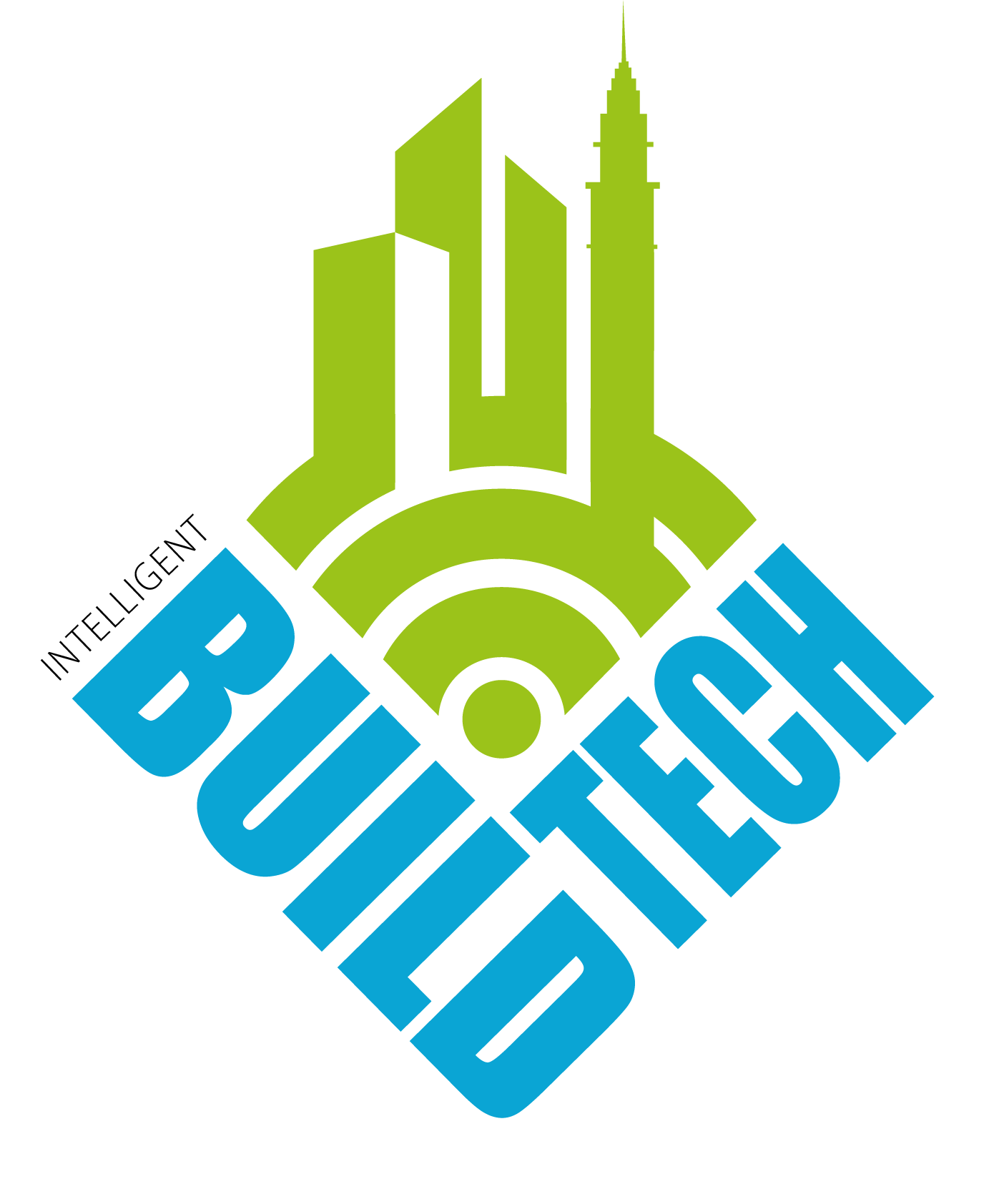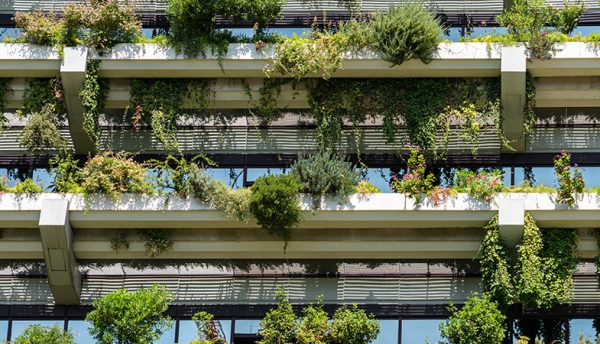Symetri, part of Addnode Group, and a leading global provider of design and engineering technology solutions and consultancy services, has announced the launch of Naviate Zero, a specialised solution to enhance sustainability and energy efficiency for the architecture, engineering, construction, owner (AECO) and manufacturing industries. In line with the company’s long-standing dedication to sustainability, Naviate Zero is an innovative Autodesk Revit add-on set that empowers designers and engineers to calculate emissions, make informed, eco-conscious decisions directly within the Revit platform and use the data in full lifecycle assessments.
The building industry currently contributes to 39% of annual CO2 emissions, with embodied carbon accounting for 11% of global annual emissions. Addressing these environmental challenges, Naviate Zero seeks to mitigate the impact by focusing on the early stages of a building’s life cycle. By emphasising the importance of design and material selection and providing sustainability-focused design assistance and energy simulation capabilities, Naviate Zero enables architects to make choices that have significant immediate and lasting environmental benefits.
Mikko Viertola, CTO at Symetri, said: “Acknowledging the environmental impact within our clients’ industries, we recognised the responsibility and identified an opportunity to make a positive contribution. The vision evolved to empower individuals to make well-informed, sustainably responsible decisions and has materialised now through Naviate Zero, a platform that integrates reliable data to facilitate informed decision-making in sustainable design and construction.”
Michael DeLacey, CEO at Symetri US, added: “With Naviate Zero, professionals in the AECO industry can optimise their building designs to minimise environmental impact, reduce long-term operational costs and comply with green building standards.”
Click below to share this article

